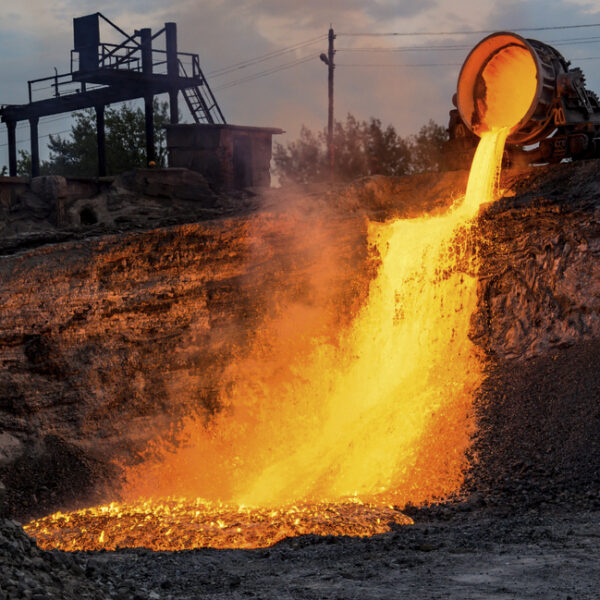
Industrial waste can turn into rock in as little as 35 years, new research reveals, instead of the thousands or millions of years previously assumed. The finding challenges what scientists know about rock formation, revealing an entirely new “anthropoclastic rock cycle.”
The scientists found that waste from seaside industrial plants turns into rock especially rapidly due to the ocean water and air, which activate minerals such as calcium and magnesium in the waste, or slag, cementing it together faster than natural sediments, according to a statement.
“For a couple of hundred years, we’ve understood the rock cycle as a natural process that takes thousands to millions of years,” Amanda Owen, a senior lecturer in sedimentology at the University of Glasgow in Scotland and lead author of the new research, said in the statement. “What’s remarkable here is that we’ve found these human-made materials being incorporated into natural systems and becoming lithifield — essentially turning into rock — over the course of decades instead.”
“Writer Fuel” is a series of cool real-world stories that might inspire your little writer heart. Check out our Writer Fuel page on the LimFic blog for more inspiration.

